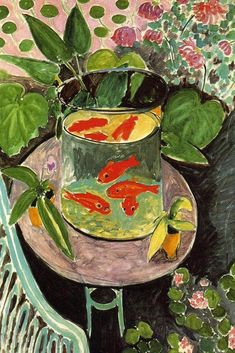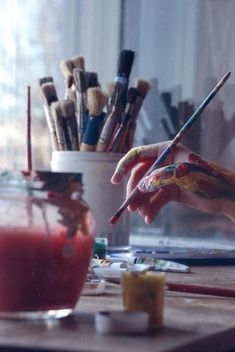## Indigenous Art in Australia and North America: Preserving Heritage through Creativity
Indigenous art in Australia and North America serves as a vital conduit for preserving cultural heritage while addressing contemporary issues. Through various artistic expressions, Indigenous communities convey their histories, beliefs, and social narratives, ensuring that their rich traditions continue to resonate in modern society.
## **Cultural Significance of Indigenous Art**
### **Australia**
Indigenous Australian art encompasses a vast array of practices, including painting, weaving, carving, and sculpture. This art form is one of the oldest continuous traditions in the world, with some works dating back over 40,000 years. The significance of Indigenous art lies not only in its aesthetic value but also in its role as a storytelling medium. Artists use symbols and motifs to represent Dreamtime stories—myths that explain the creation of the land and its people.
The upcoming exhibition "The Stars We Do Not See," set to tour North America starting in 2025, will showcase over 200 pieces from Aboriginal and Torres Strait Islander artists. This exhibition aims to highlight the diversity of Indigenous art practices, from traditional dot paintings to contemporary installations that challenge perceptions of what Indigenous art can be[1][2]. Curator Myles Russell-Cook emphasizes the importance of transcultural relationships between Indigenous Australians and Native Americans, showcasing shared experiences of colonization and cultural resilience[2].
### **North America**
In North America, Indigenous art serves similar purposes, acting as a means of cultural expression and identity preservation. Native American artists often incorporate traditional techniques and materials into their work, such as beadwork, pottery, and weaving. These practices not only reflect their heritage but also address contemporary issues faced by Indigenous communities, including land rights and environmental justice.
Exhibitions featuring Native American art have gained prominence in recent years, helping to educate broader audiences about the rich cultural narratives embedded in these works. Artists like Jaune Quick-to-See Smith use their platforms to comment on historical injustices while celebrating Indigenous identity through innovative mediums.
## **Contemporary Expressions and Innovations**
The blending of traditional techniques with modern artistic practices is a hallmark of contemporary Indigenous art. Many artists are exploring new materials and forms to express their cultural narratives. For instance:
- **Digital Art**: Some Indigenous artists are utilizing digital platforms to create works that reach global audiences, allowing them to share their stories beyond geographical boundaries.
- **Installation Art**: Installations often incorporate elements from nature or community participation, making the artwork an immersive experience that engages viewers on multiple levels.
- **Performance Art**: Performance pieces can communicate cultural rituals or historical events, providing a dynamic way to connect with audiences.
These innovative approaches not only preserve traditional knowledge but also make it relevant to contemporary discussions about identity and belonging.
## **Challenges and Opportunities**
Despite the vibrant expressions of Indigenous art today, challenges remain. Issues such as appropriation, misrepresentation, and lack of access to resources continue to affect Indigenous artists. However, there is also a growing movement towards recognition and respect for Indigenous cultures within the global art community.
Collaborations between Indigenous artists and institutions can provide platforms for showcasing their work while ensuring that cultural protocols are respected. The upcoming exhibition in North America represents a significant opportunity for dialogue between cultures and an avenue for greater appreciation of Indigenous artistry[5].
## **Conclusion**
Indigenous art in Australia and North America is not merely a reflection of past traditions; it is a living practice that evolves with time while preserving essential cultural narratives. As contemporary artists innovate within this framework, they ensure that their heritage remains vibrant and relevant. Through exhibitions like "The Stars We Do Not See," audiences worldwide can engage with these powerful stories, fostering understanding and appreciation for the rich tapestry of Indigenous cultures.
Citations:
[1] https://www.theguardian.com/artanddesign/2024/sep/20/ngv-indigenous-art-exhibition-the-stars-we-do-not-see-america-tour
[2] https://www.abc.net.au/news/2024-09-20/national-gallery-of-victoria-ngv-the-stars-we-do-not-see/104371920
[3] https://en.wikipedia.org/wiki/Indigenous_Australian_art
[4] https://japingkaaboriginalart.com/aboriginal-art-in-the-usa/
[5] https://www.theartnewspaper.com/2024/09/19/biggest-ever-indigenous-art-show-to-tour-north-american-in-2025
[6] https://www.tingatingaart.com/blogs/articles/motifs-in-african-paintings
[7] https://socialstudieshelp.com/african-art-symbols-patterns-and-meanings/
[8] https://www.graffitistreet.com/art-and-activism-10-street-artists-using-the-power-of-art-as-a-catalyst-for-change/






